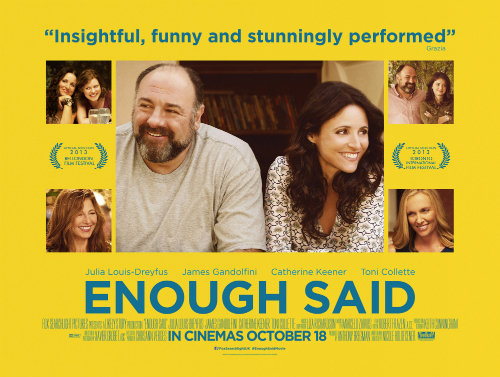
To put it bluntly, I hated ‘Enough Said.’ The theme was trite, the characters were insufferable with their selfish pretensions, and there was a whole lot of fat shaming going on. Frankly, I’m surprised that Julia Louis-Dreyfus has been getting such high praise for starring in this turd, and I’m disappointed that I can’t be more supportive of a film written and directed by a woman: Nicole Holofcener.

What I found most compelling about this film is Eva’s obsession with Albert’s physicality, but not for the reasons you might expect. Yes, Albert is clearly overweight and could stand to show up to a second date with a button-down instead of a T-shirt, but it’s the way that Eva tallies up his faults that shows her to be the one who could stand to do some work on herself. Audiences are quite used to seeing relationships in romantic comedies wherein men and women’s attractiveness is asymmetrical (see: almost every Judd Apatow film). If you’re like me, you find this troubling and tired and yet another example of Hollywood’s gendered double standard. But Enough Said calls into question Eva’s superficiality and preoccupation with Albert’s physical flaws (from his caloric intake to his loud, labored nose breathing) rather than condone her attitude as a reasonable response.
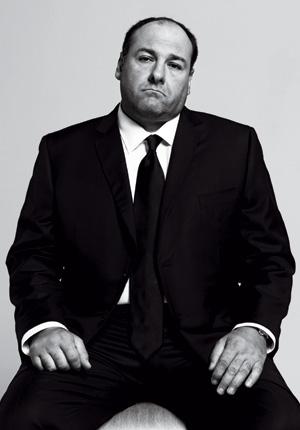
What’s clear is that, in our contemporary society and culture, the male body is not invisible. Although the female body continues to be more heavily regulated and controlled, particularly in terms of weight and appearance, the male body is no longer removed from similar considerations. As we continue to look more intensely and critically at the male body, we can anticipate a time when new images of masculinity become not only realized but embodied.

Negative depictions of fat people are the norm throughout all of pop culture. Though fatphobia crosses racial, gender, and class lines, audiences judge women the most harshly. Fat characters are frequently shown as disgusting, sad, or unlovable. In the horror genre, fatness is frequently represented as terrifying and unnatural. In comedies, fat bodies are often the source of humor. Though few and far between, there are a growing number of fat positive representations popping up throughout TV and film.

A short clip at the beginning of writer-director Nicole Holofcener’s first film, 1996’s ‘Walking and Talking,’ lets us know that Amelia (Catherine Keener) and Laura (Anne Heche) have been friends since adolescence. Both are in their 30s and living in New York City–Laura with her boyfriend Frank, and Amelia alone in the sort of sunlit airy apartment someone with her job, even in a pre-gentrified New York (which, like many films from then and now is also mysteriously bereft of people of color), would never be able to afford.

The 2014 Golden Globe nominations are here! Check out the round-up with all our feminist commentary on the nominees in film and television.
# 50/50 5 Broken Cameras 500 Days of Summer 45 Years The 40-Year-Old Virgin 4 Months 3 Weeks and 2 Days 9 to 5 1971 101 Dalmations 127 Hours 10 Days in a Madhouse 10,000 km 3 1/2 Minutes, Ten Bullets 300: Rise of an Empire 12 Years a Slave 28 Days Later A Abuse … Continue reading “Film Directory”
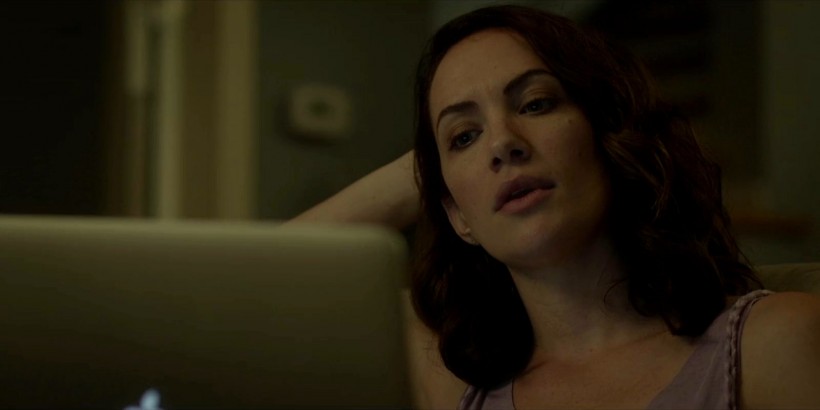
In addition to featuring a female protagonist with disabilities, ‘Hush’ crafts a home-invasion story that isn’t about her “problems” or obstacles or the attacker at all, but rather it focuses on the tactful solutions she chooses along the way. …Its depiction of Maddie as a full, engaging character who fends for herself and thrives alone is an asset to adding more characters with disabilities in films, especially horror, as not victims but stars.
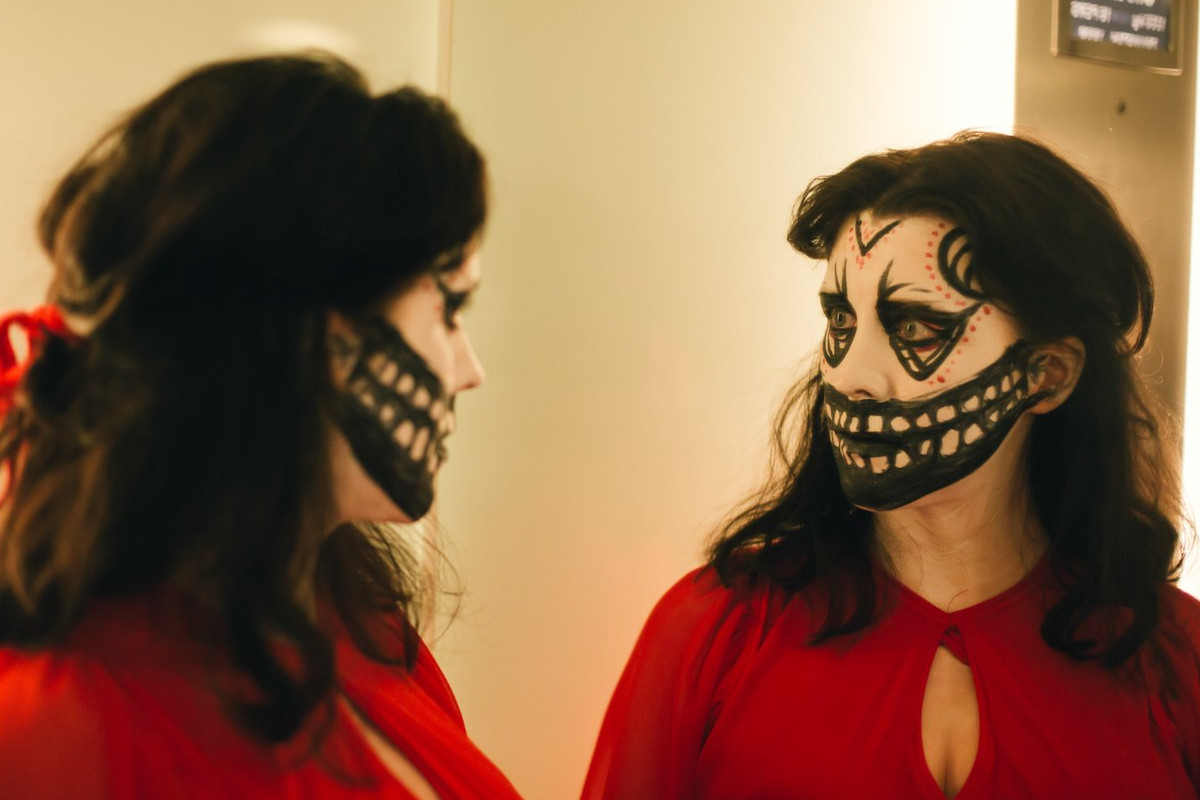
Alice Lowe’s ‘Prevenge’ is in some ways a modernized version of ‘Rosemary’s Baby.’ … Throughout the course of history, and especially in Trump’s America, baby always comes first. Our government cares more about fetuses than it does about living, breathing women. This chills me to the core more than a scary movie ever could.

What writer/director Julia Ducournau does with ‘Raw’ is use the traditional tropes of body horror to tell the story of one young woman’s awakening. … It’s frightening and disturbing, as coming of age often is. … By filtering this all-too-common struggle through the extreme lens of cannibalism, Ducournau highlights the absurdity inherent in how women’s bodies and desires are policed.

‘Metropolis’ and ‘Ex Machina’ are merely the oldest and one of the most recent examples, respectively, in a long line of films (and texts) that associate women with technology in this manner, presenting them as potent and potential threats to societal order and to the men who create and aim to control them.
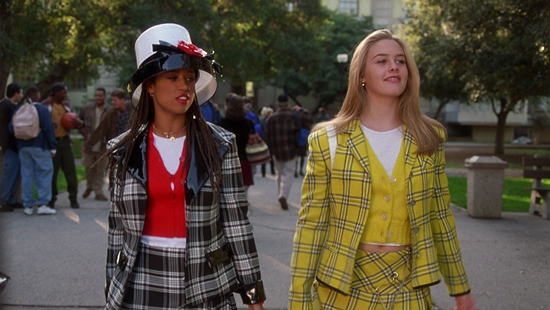
It’s easy to accept that Heckerling’s lack of recognition is typical of the treatment of female directors, and her challenges have included obstacles unknown to many male directors, such as taking time off for children and caring for elderly parents. However, her work in less prestigious mid-budget comedies and teen films, and therefore with new and lesser known actors, has often been by choice. Her great accomplishments as a feminist director come not from breaking into the prestigious and male-dominated genres, but in how she has presented female characters and female sexuality in her films.










